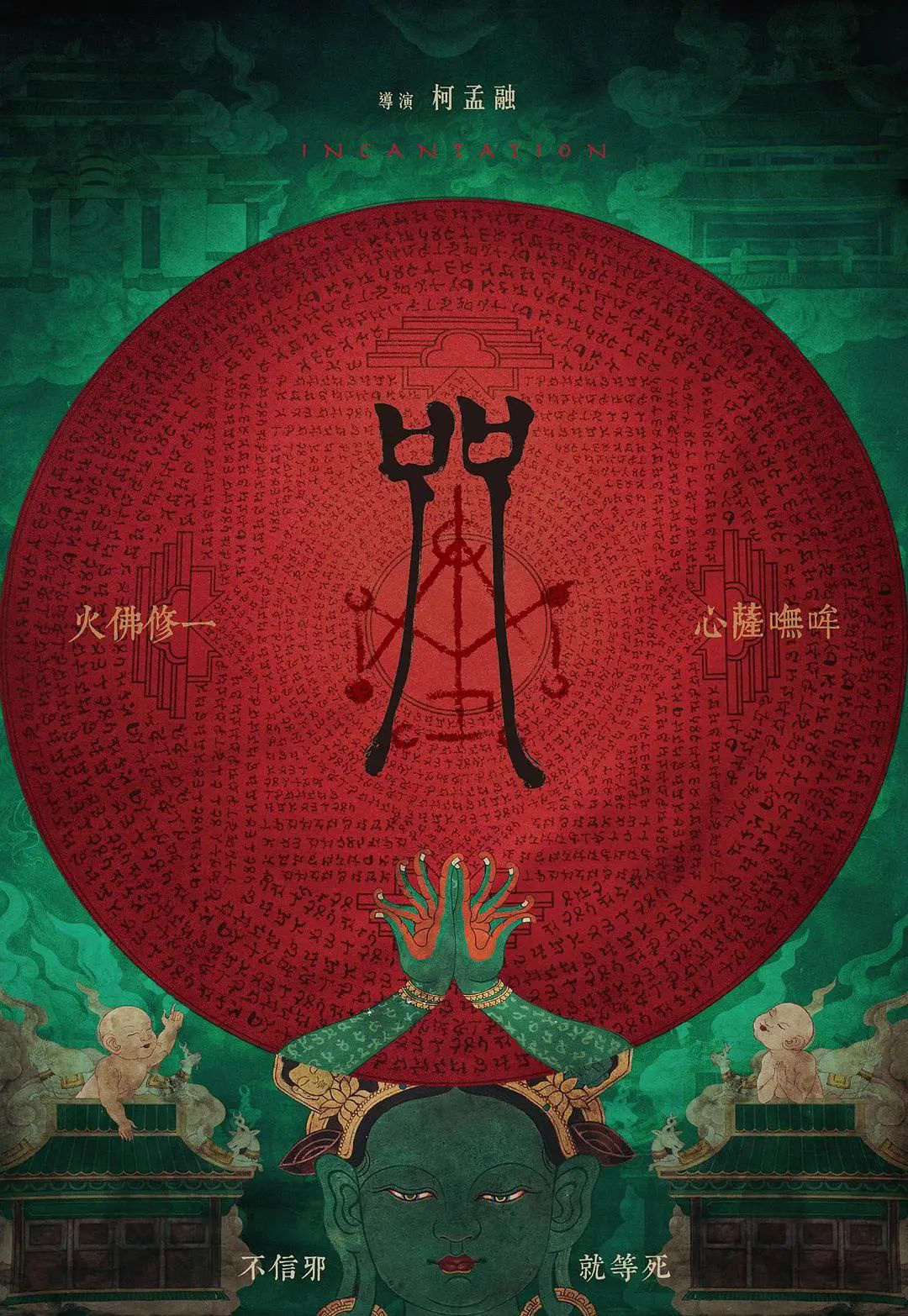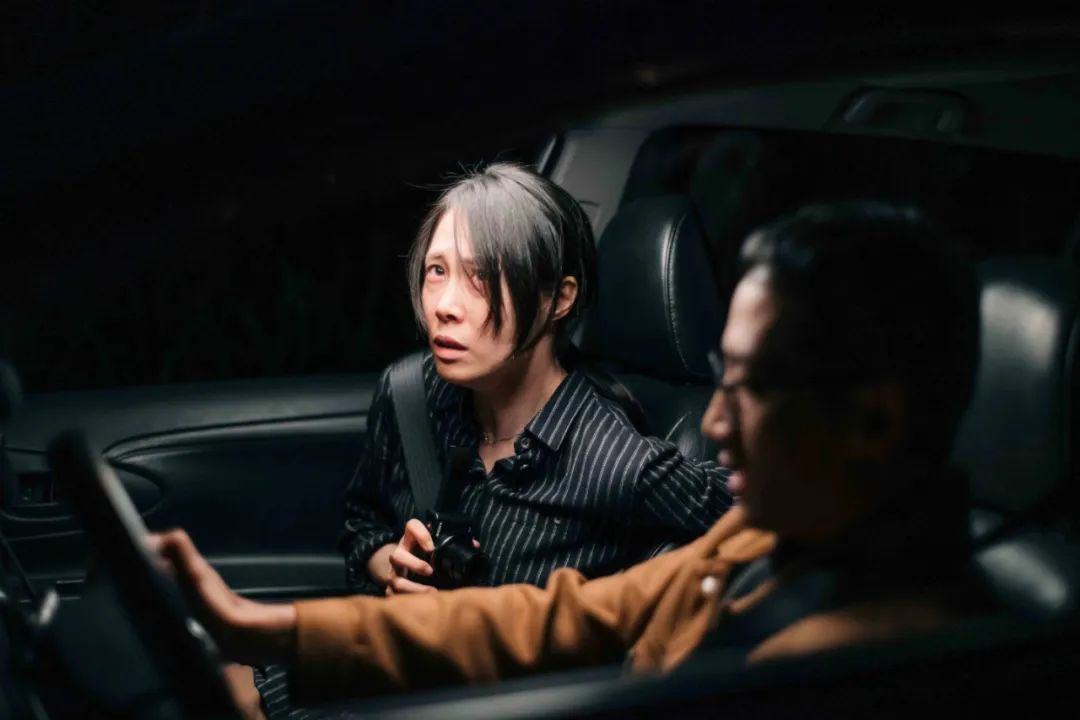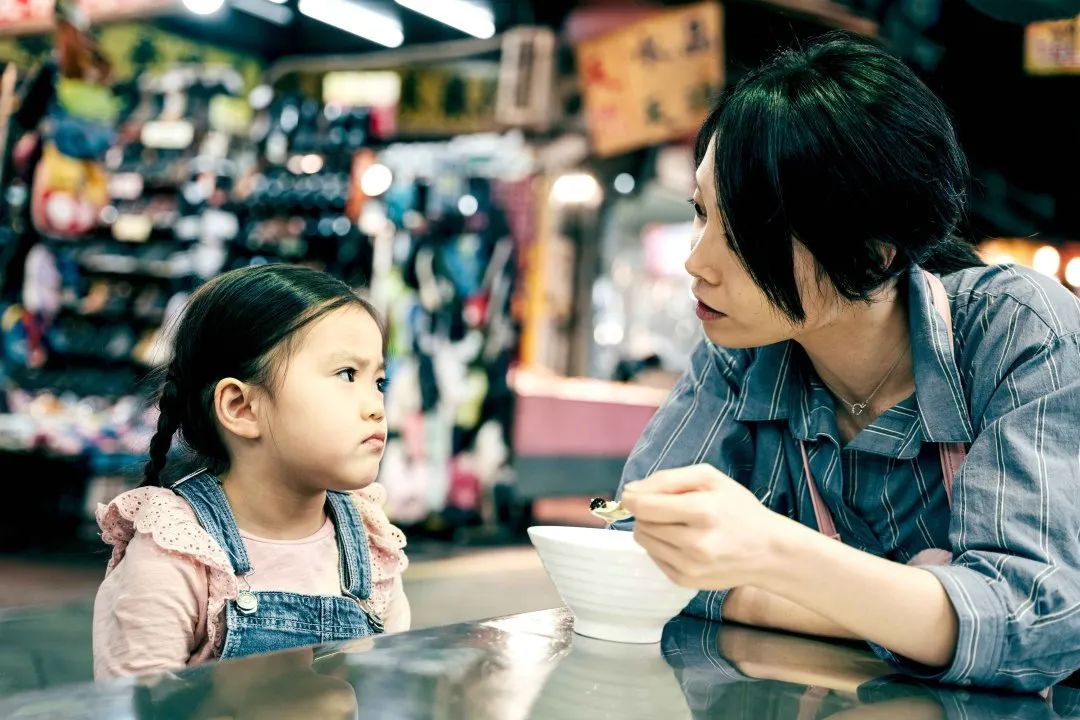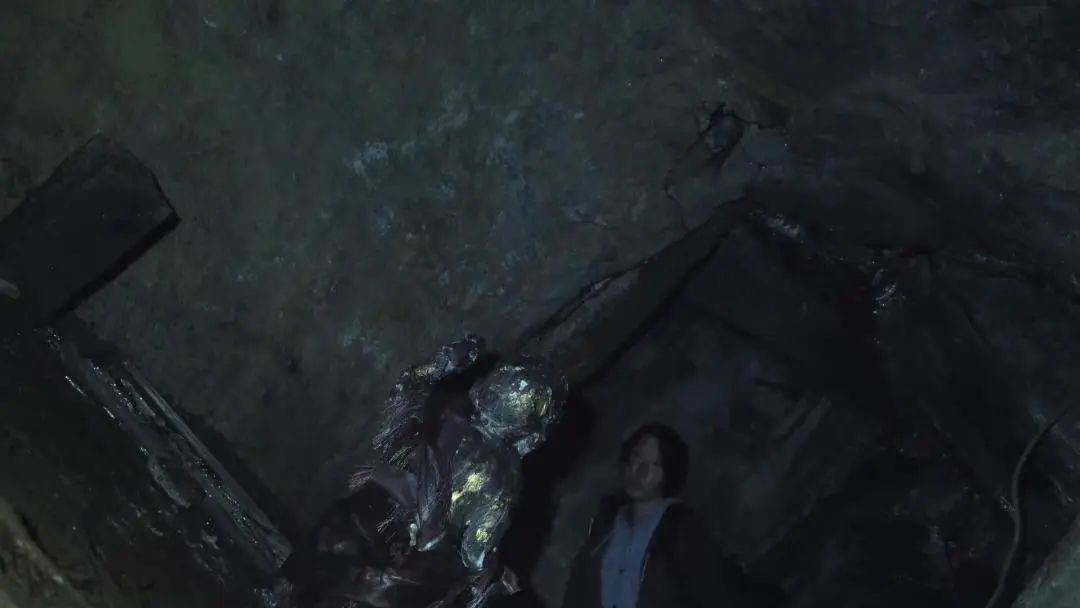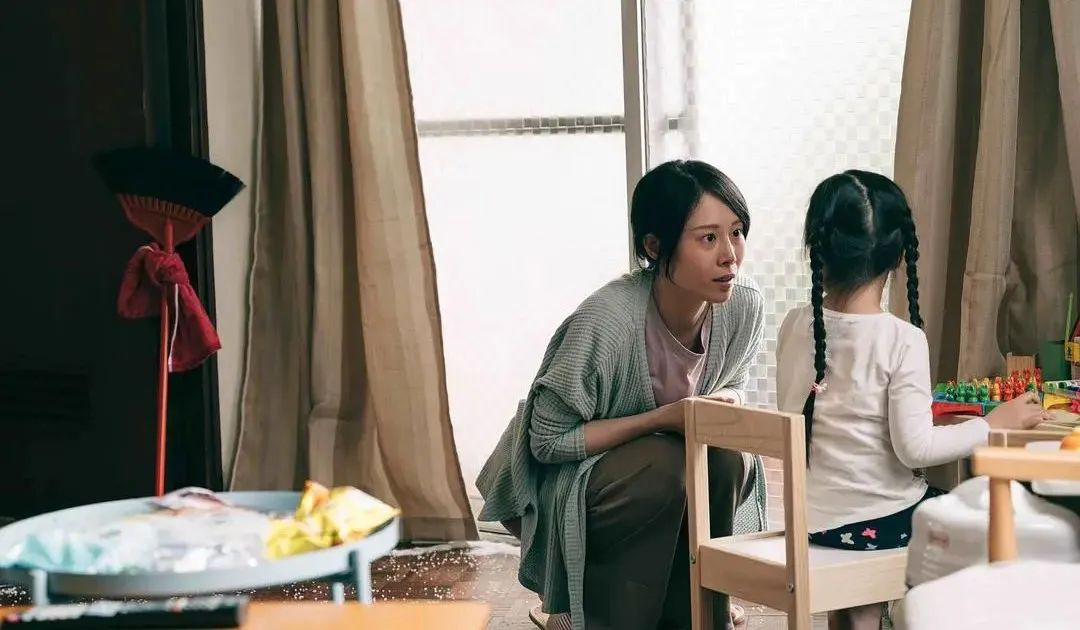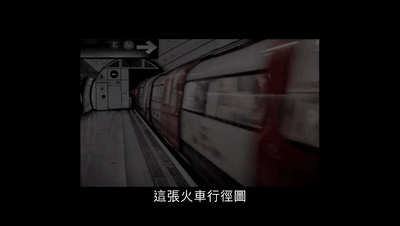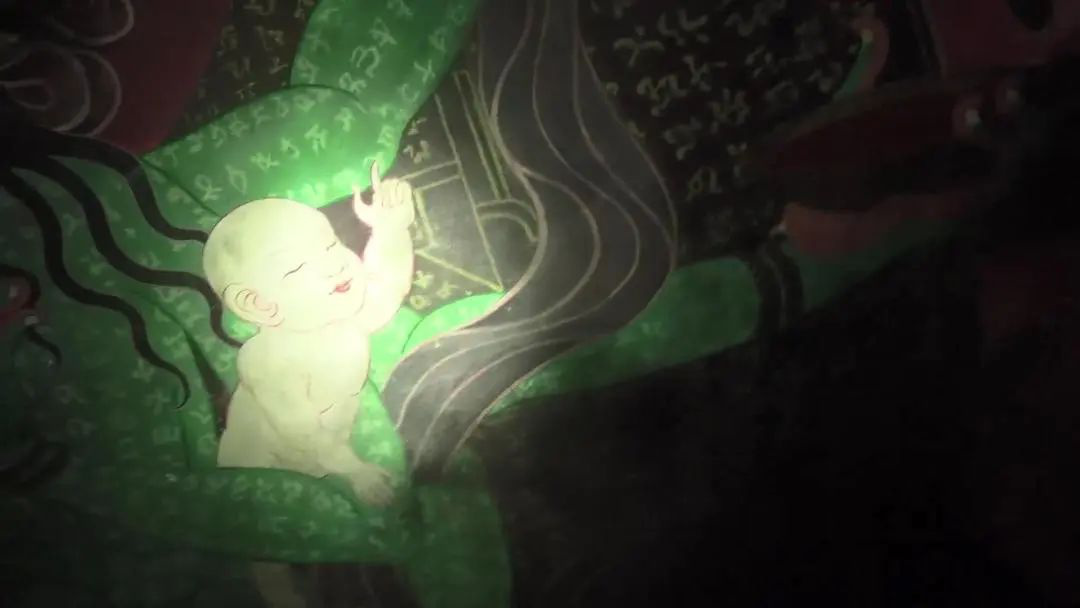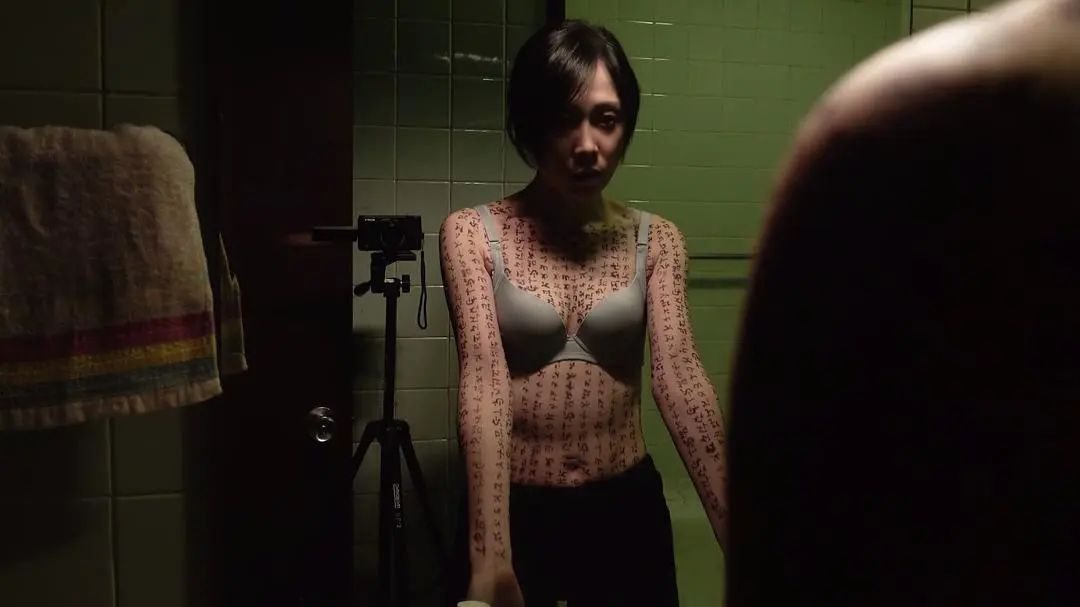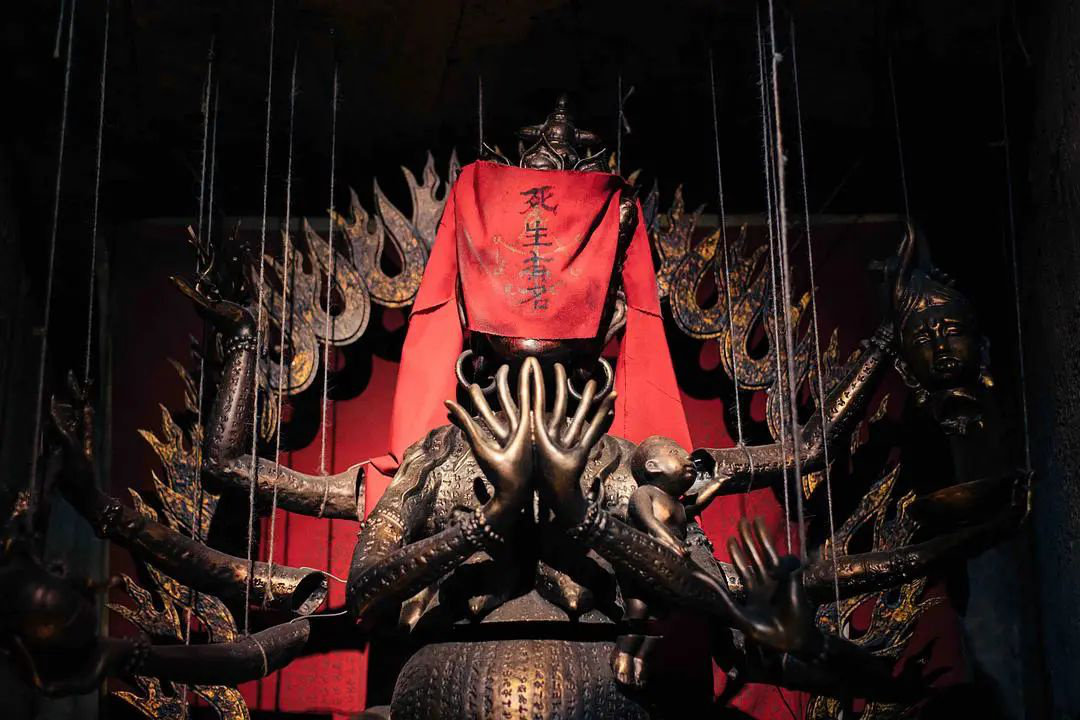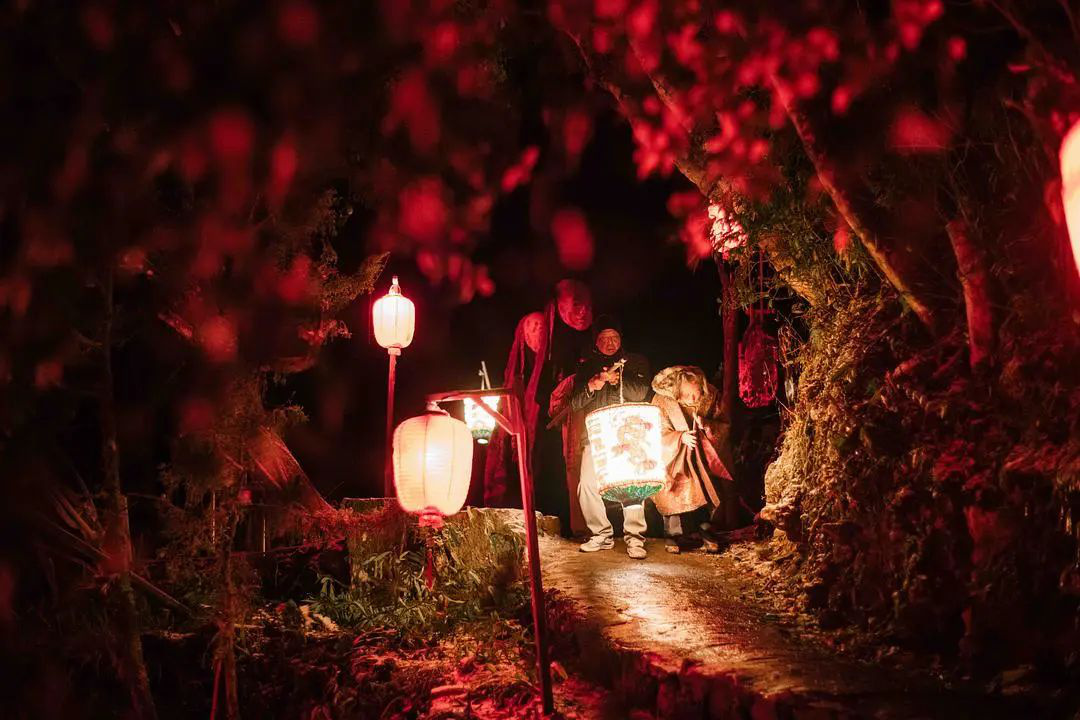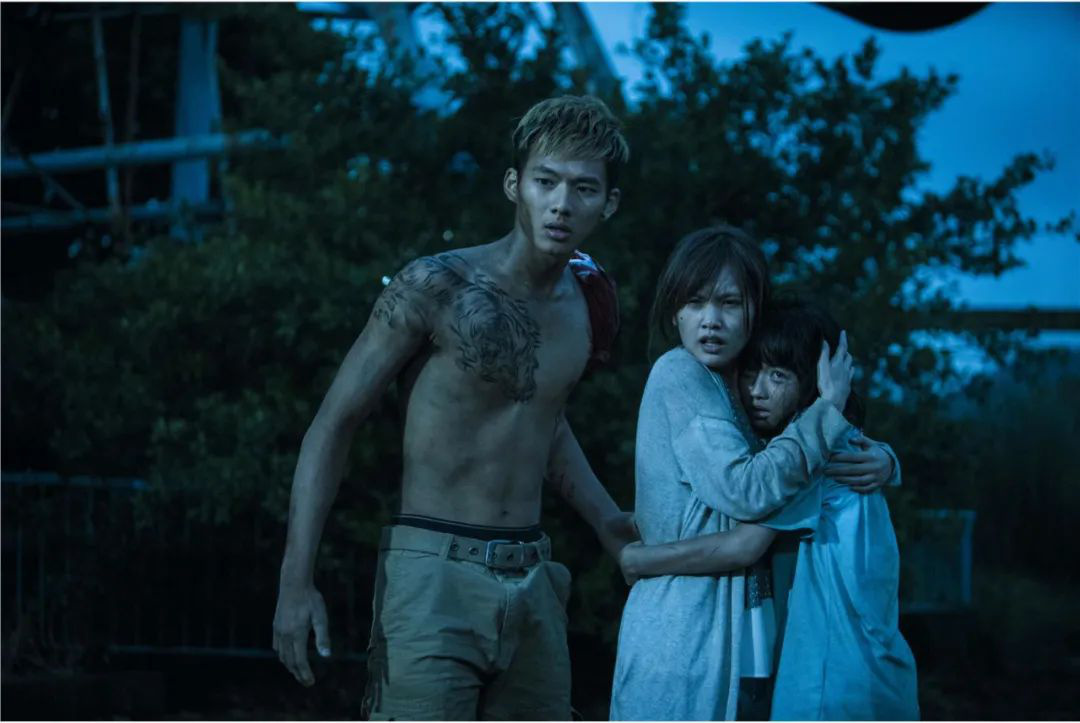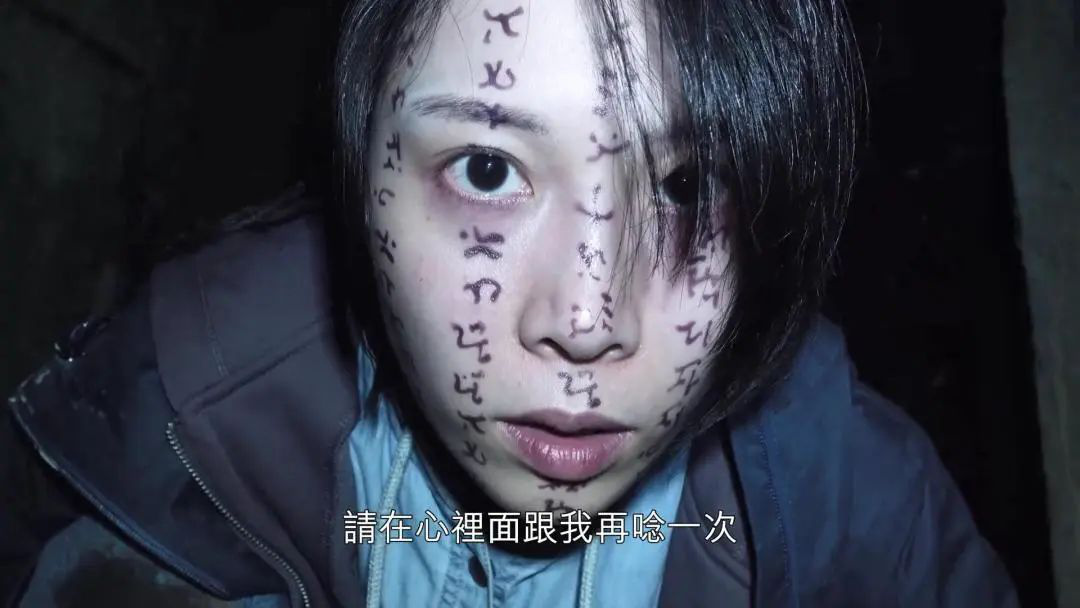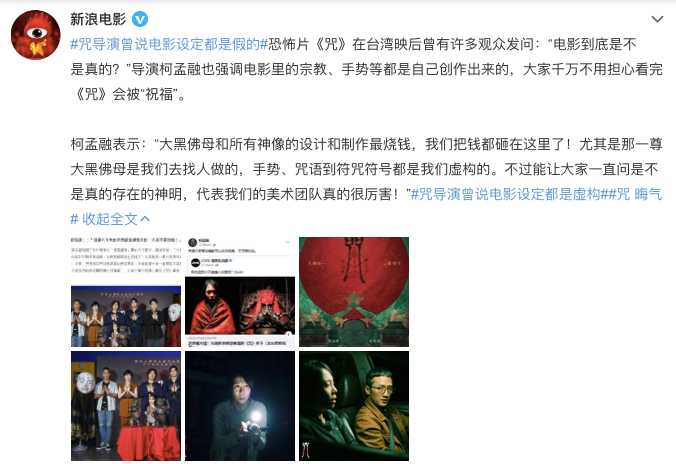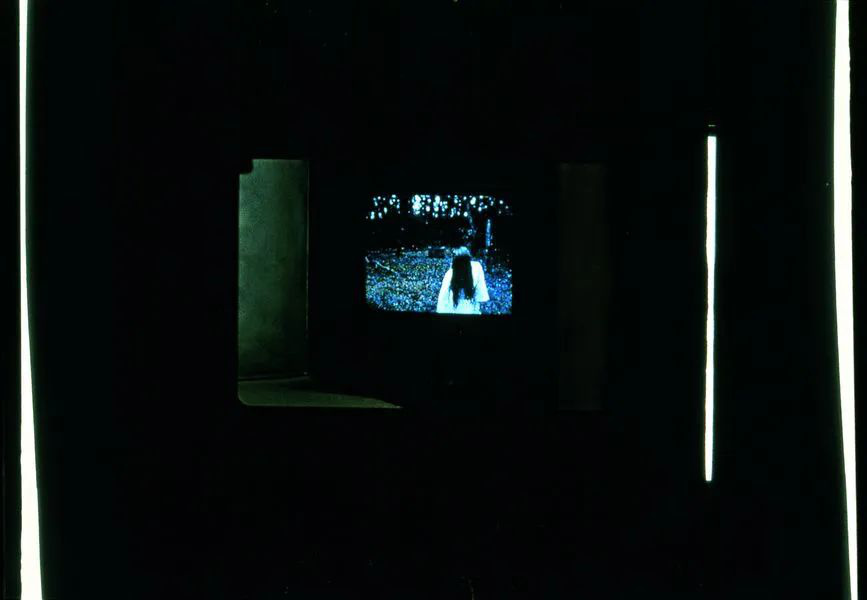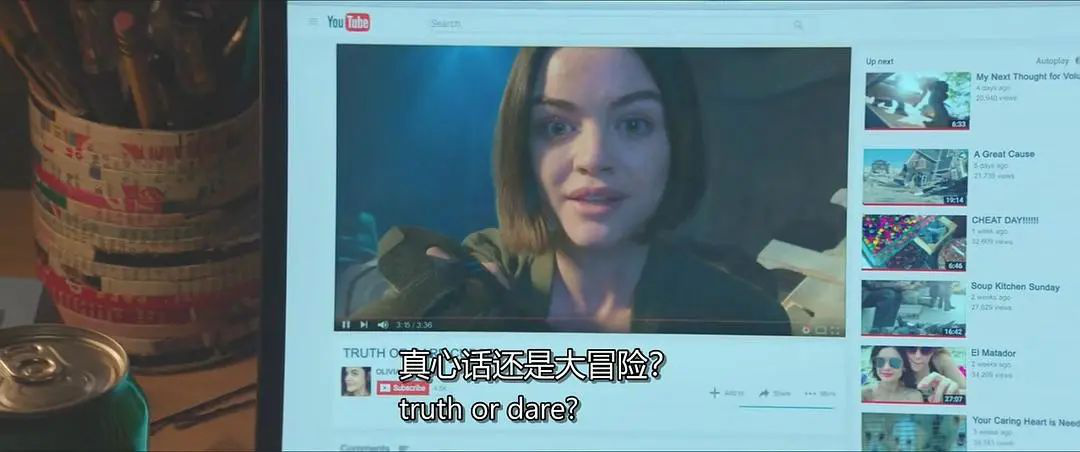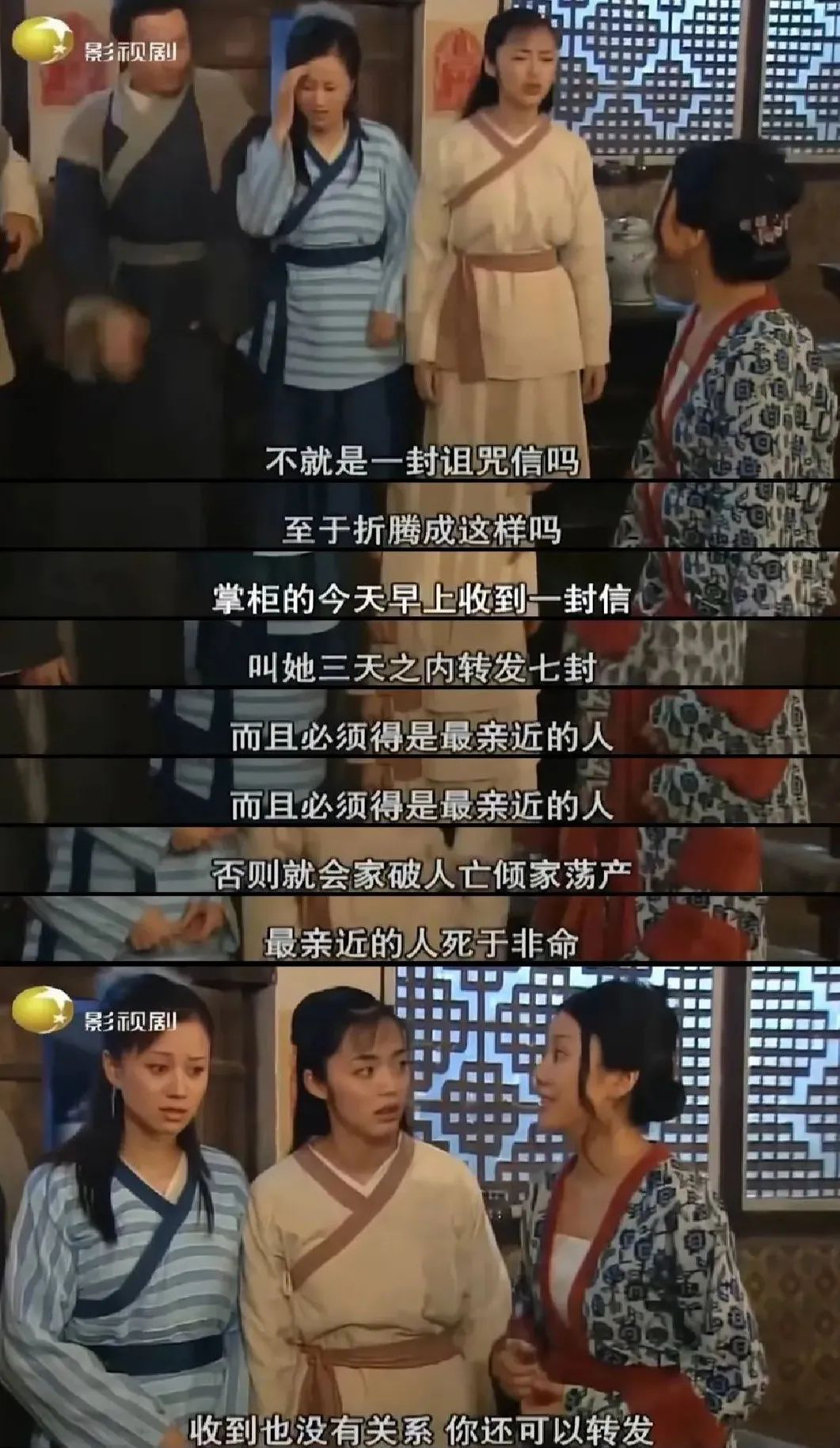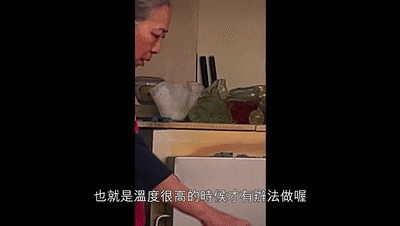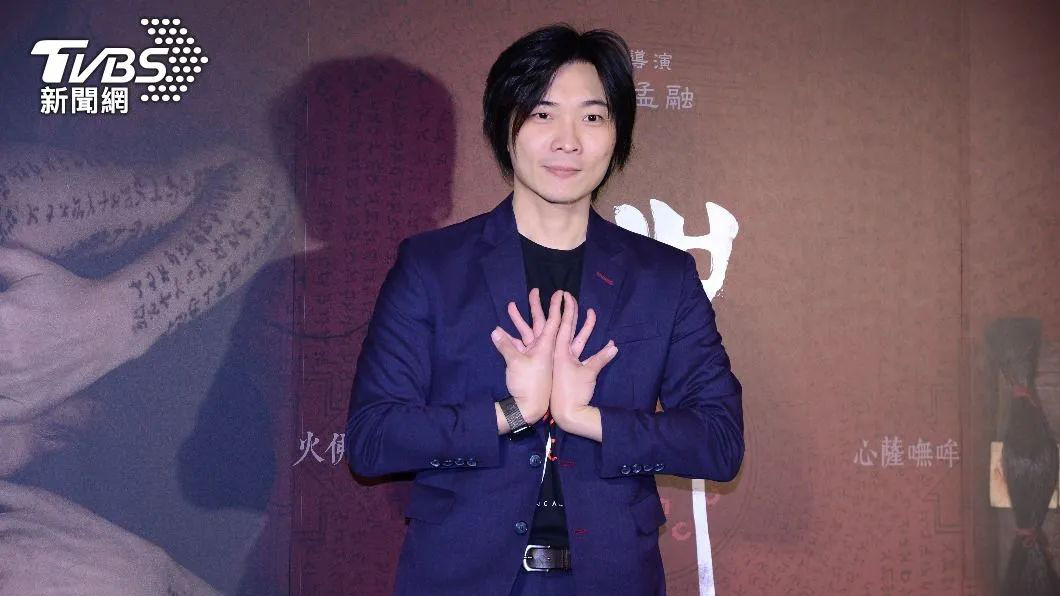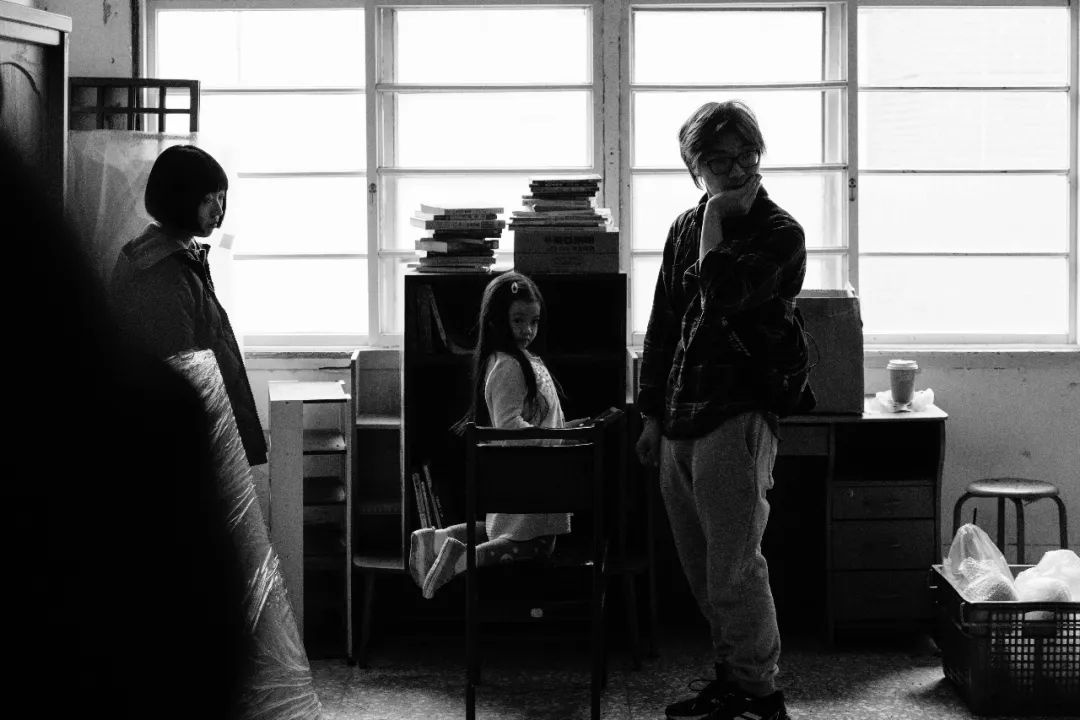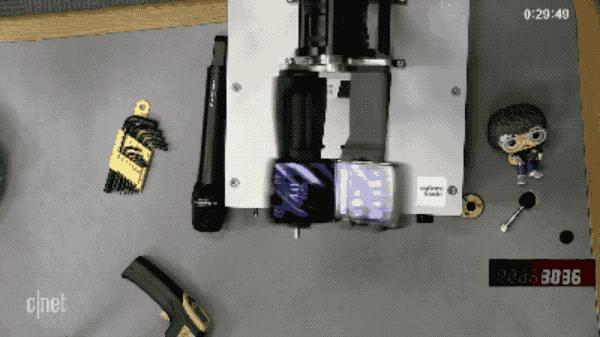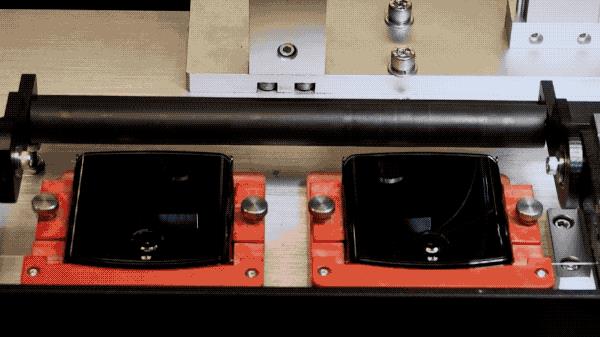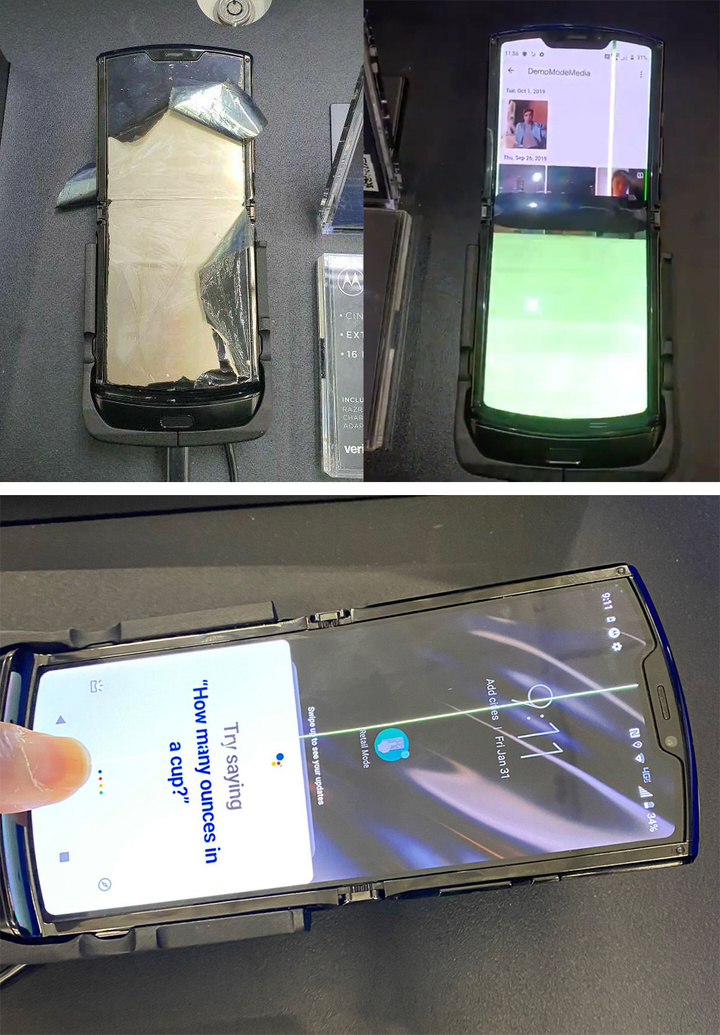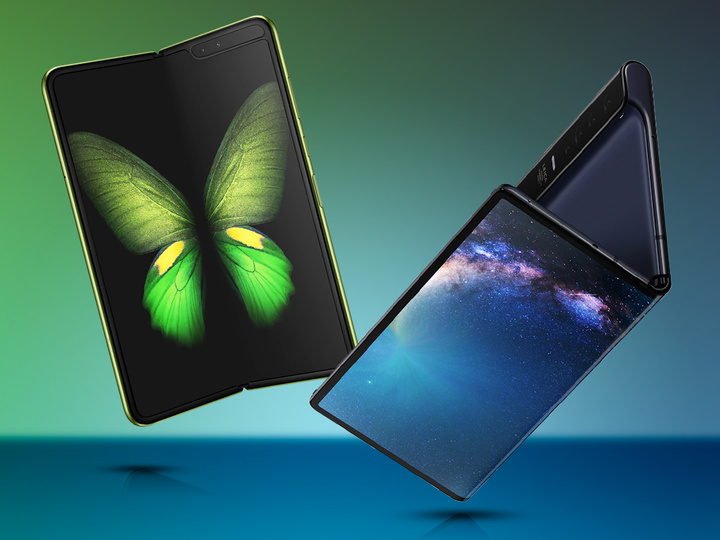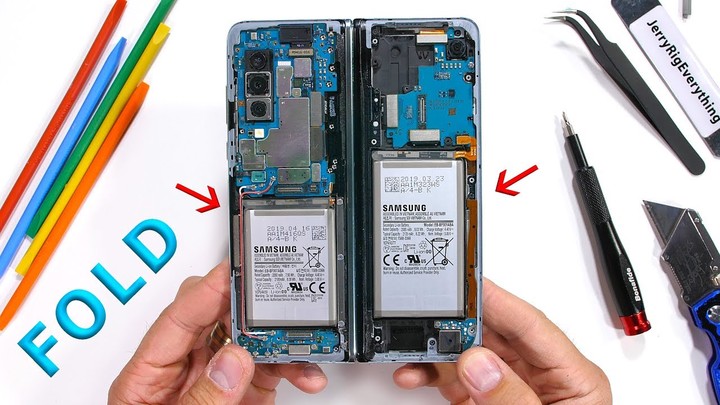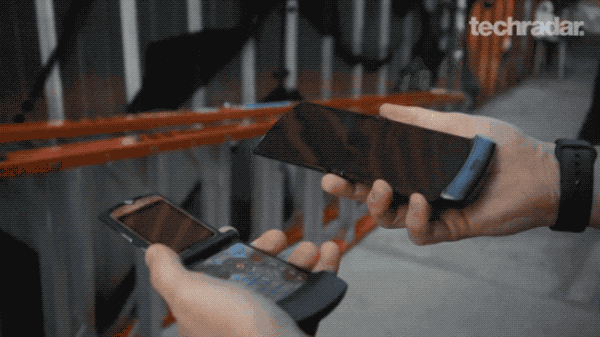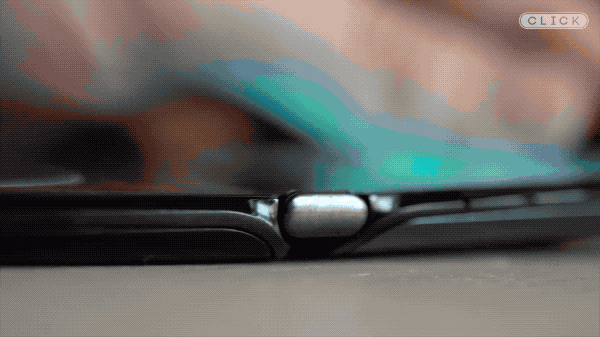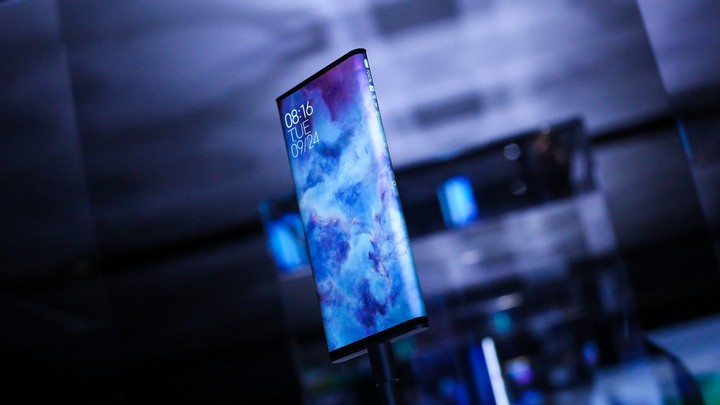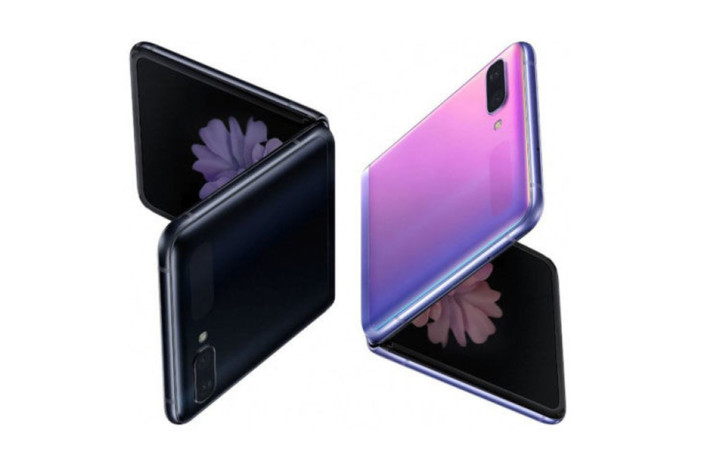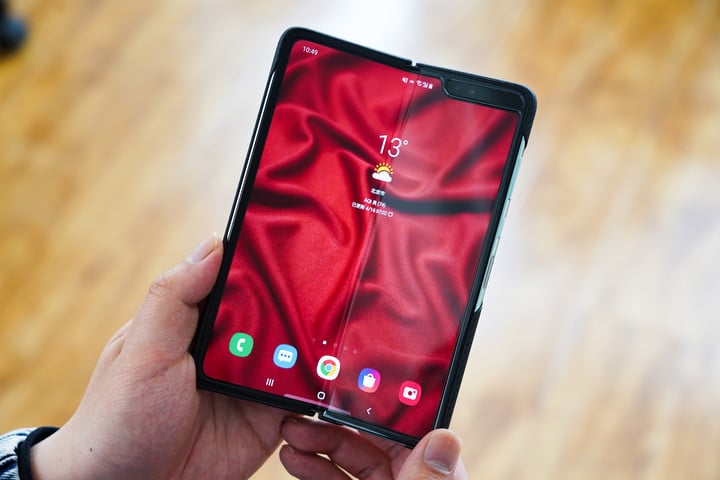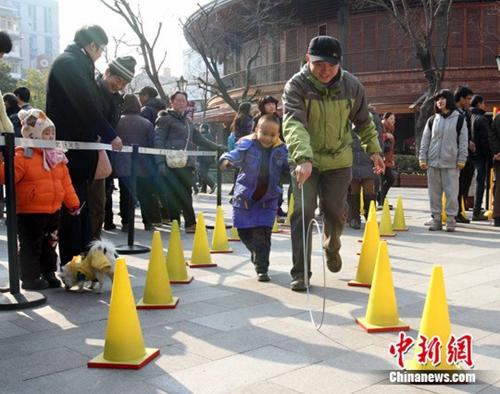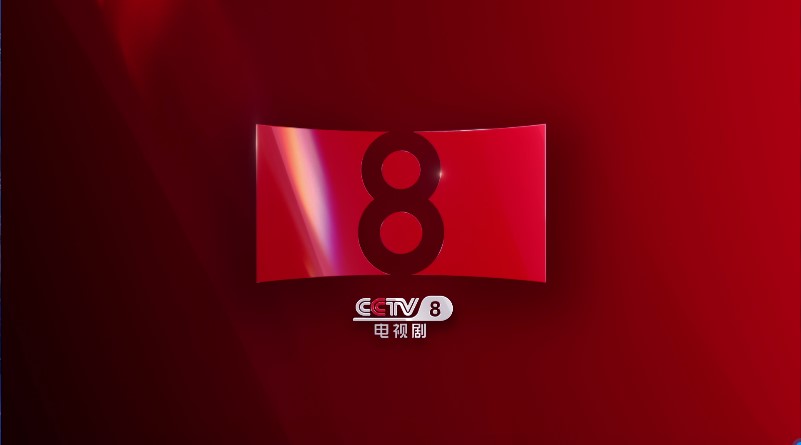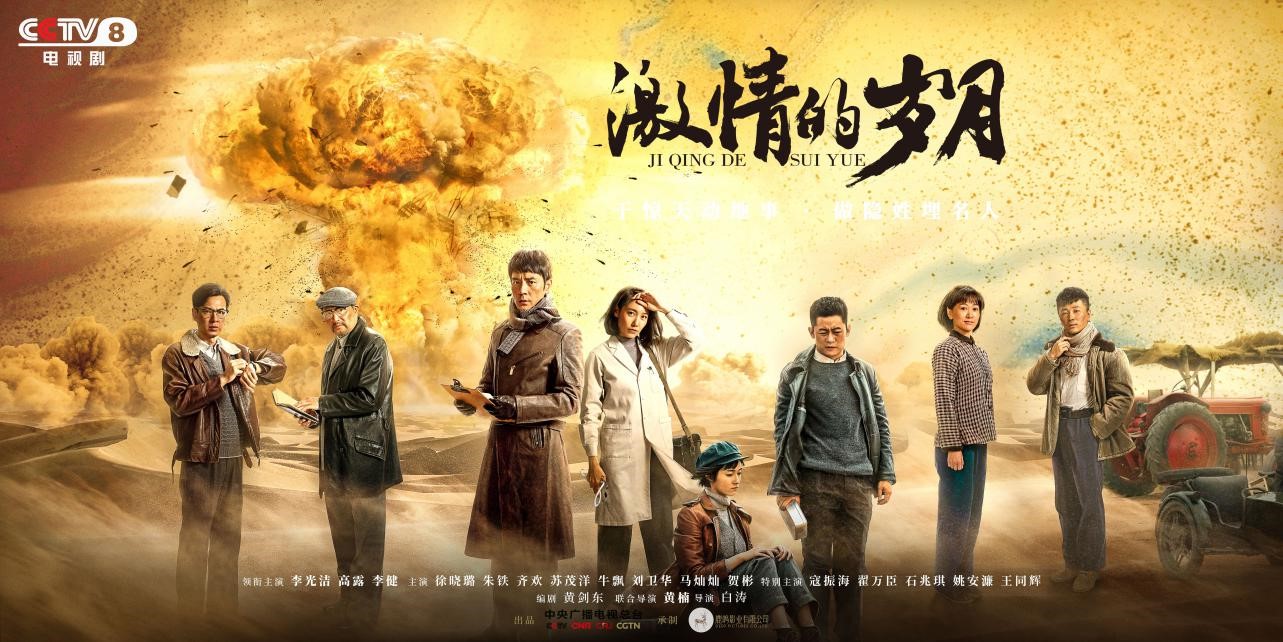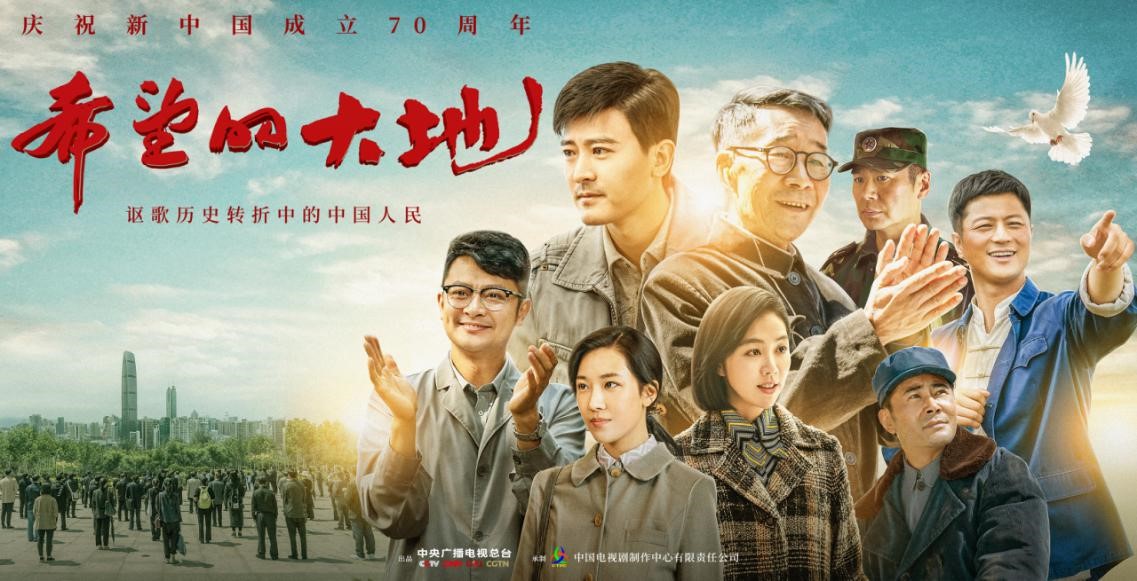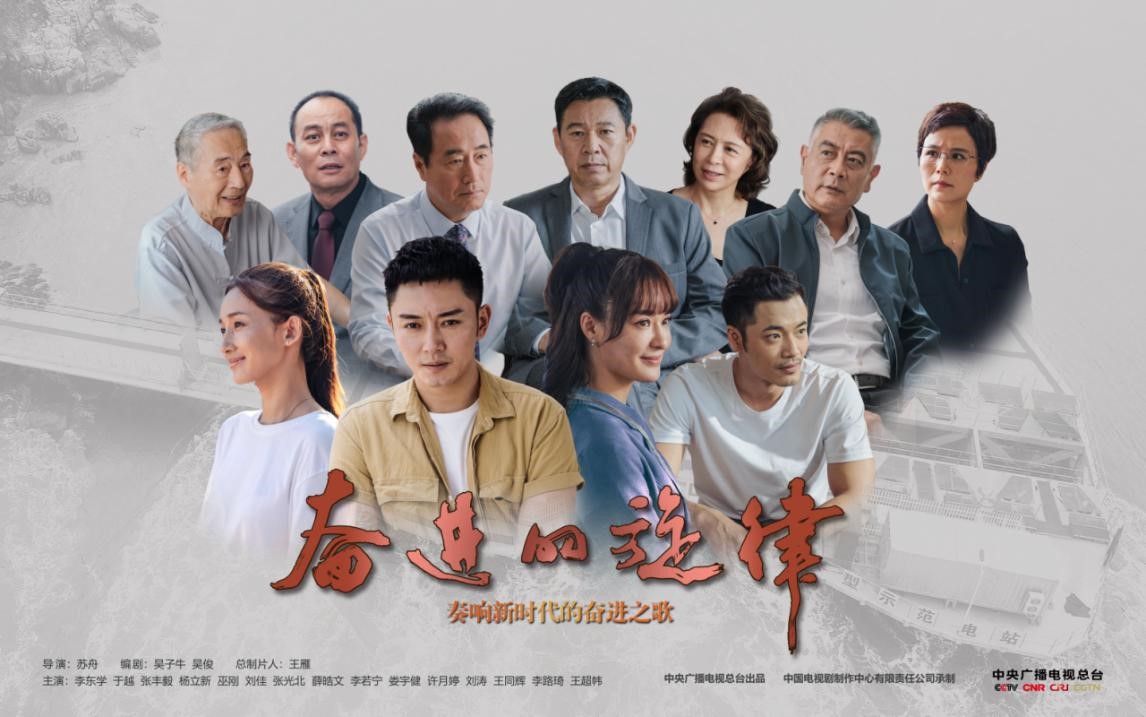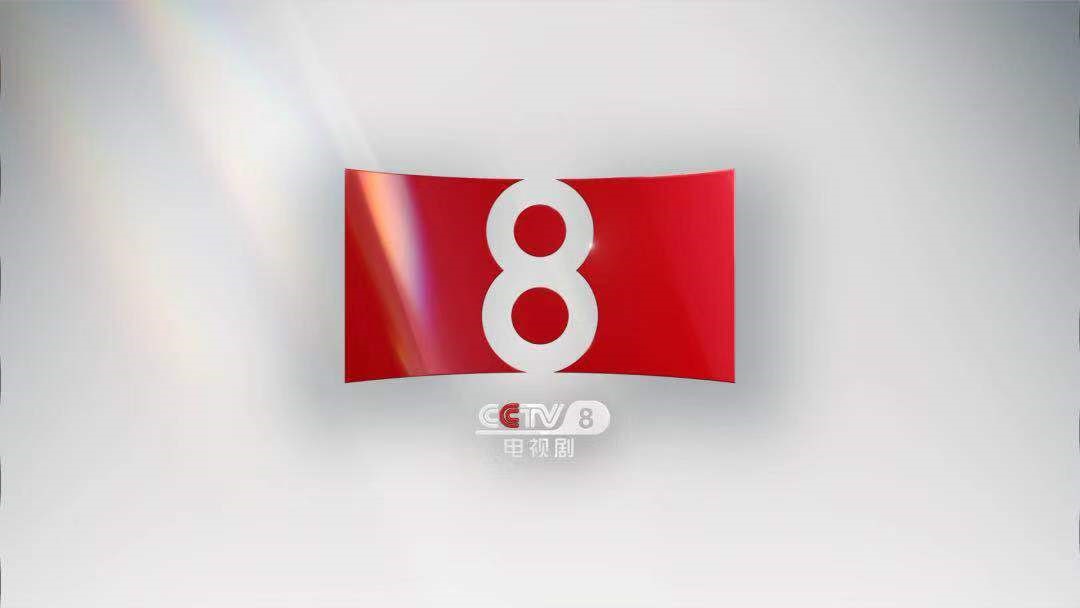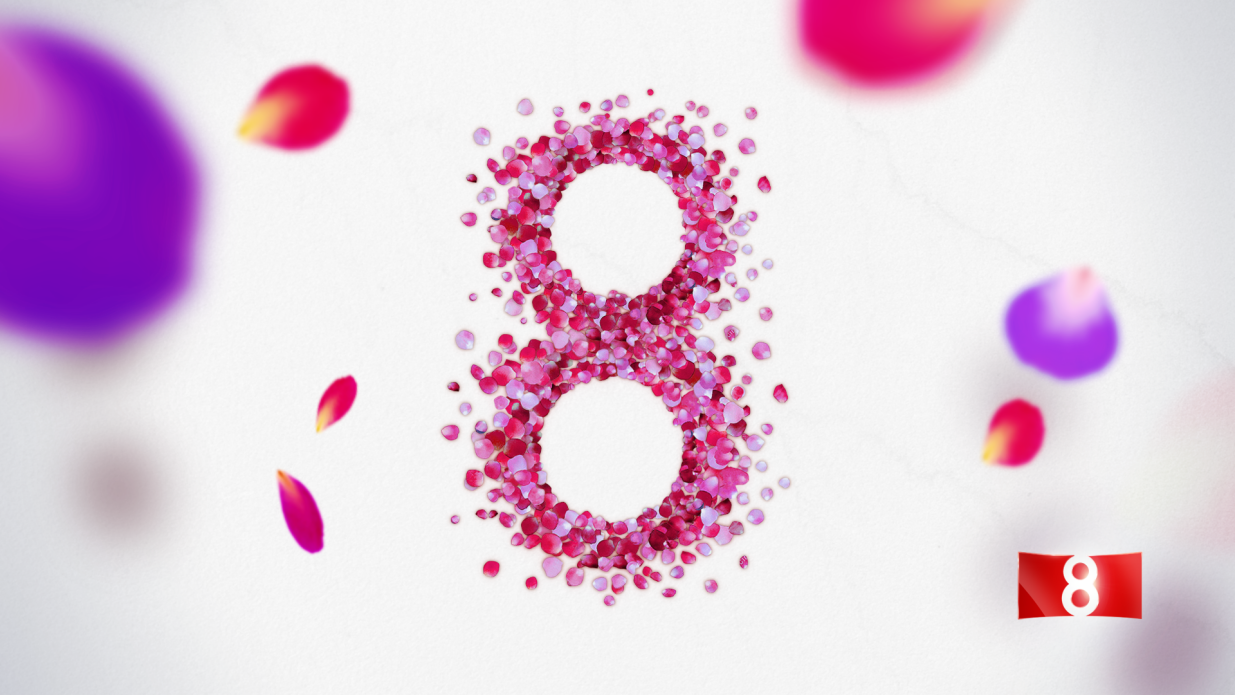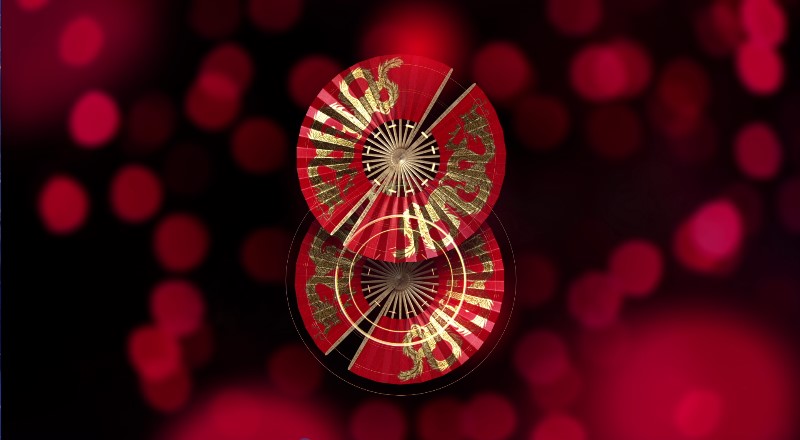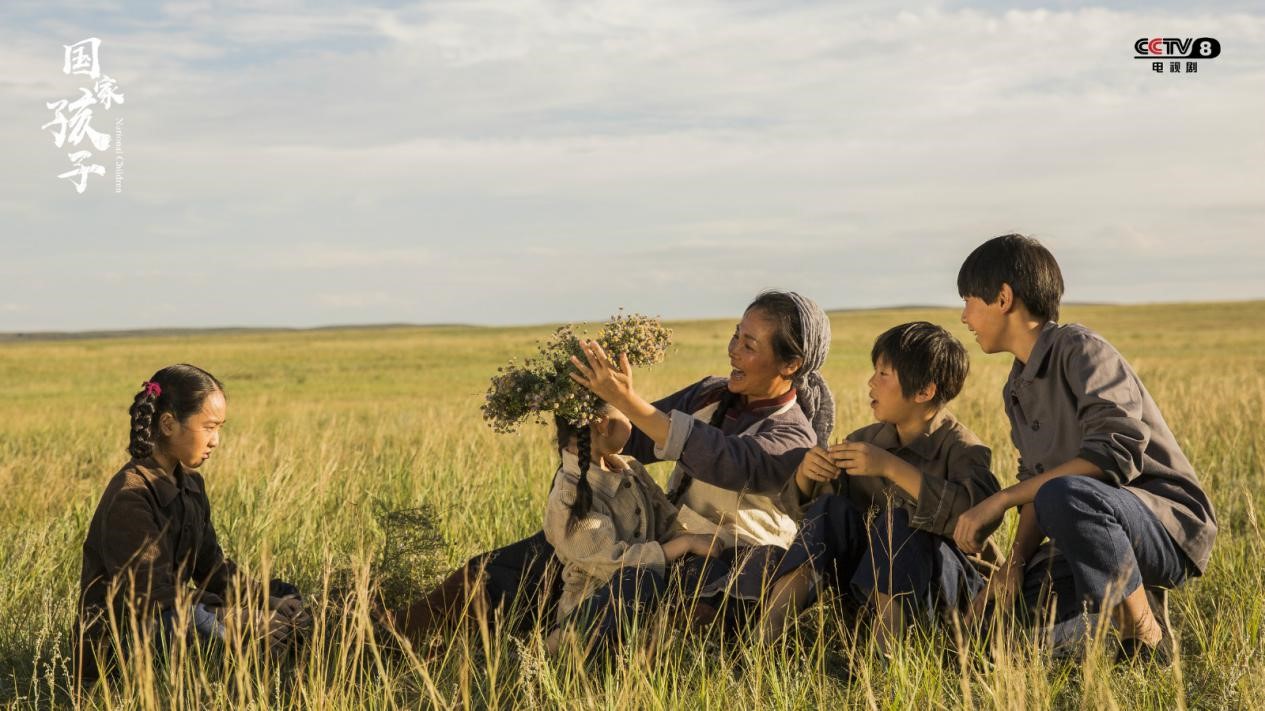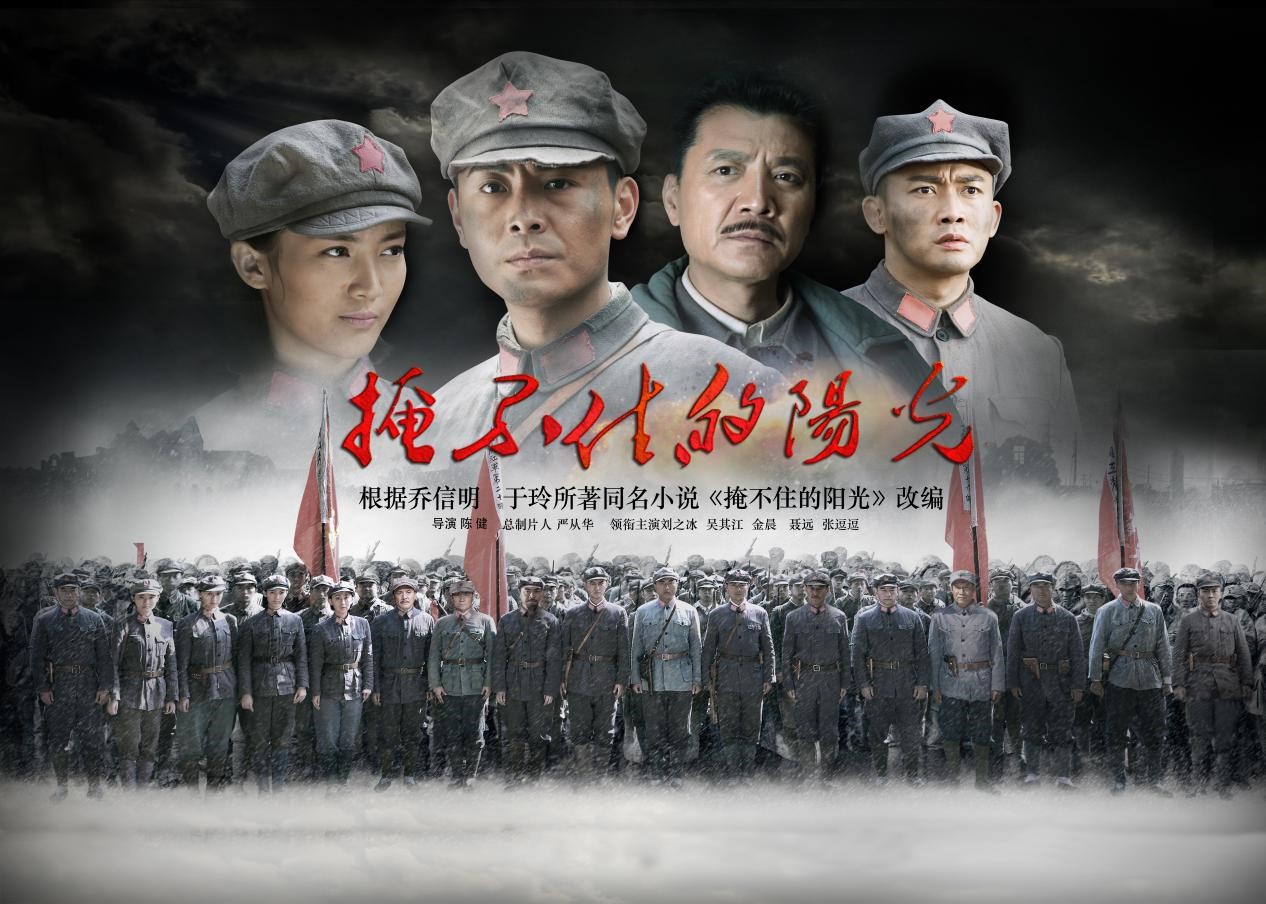Recently, Guangzhou Intellectual Property Court made a second-instance judgment on the case of Jin Yong v. Juvenile here, and found that the defendant constituted copyright infringement and unfair competition. This intellectual property case, which lasted for seven years, was amended in the second instance because it did not constitute infringement, which caused widespread concern and controversy in the academic and industrial circles about the creative boundary of the works of the same person.
The so-called fan works generally refer to new works created by using the same or similar characters in existing works. Teenagers here (hereinafter referred to as "Here") is an online literature created by dozens of people of the same name in Jin Yong’s works, such as Guo Jing, Huang Rong and Ling Huchong, and the plot is the story of youth on modern campus. When it was published in 2002, the book was promoted with the subtitle "The University Life of the Condor Heroes". In 2016, the Tianhe District Court of Guangzhou accepted Jin Yong’s lawsuit, which was considered as "the first case of a fan’s work".
The judgment of the second instance is the first in China to confirm that Jin Yong’s novel "Portrait of People" is protected by copyright, which breaks through many people’s understanding of the boundary of copyright protection. Some people even think that this may "subvert the whole fan culture industry".
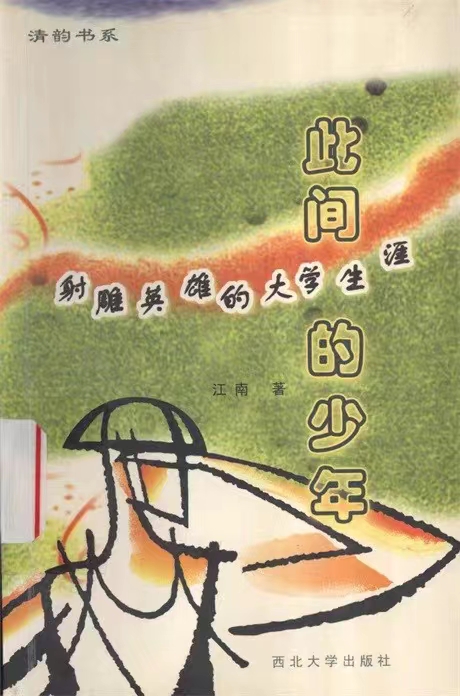
Fan fiction’s Teenagers Here, 2002 edition.
Cold case of works twenty years ago: Jin Yong sued fan fiction for plagiarism.
Back in 2000, Richard, who graduated from Peking University, decided to create a novel featuring characters in many works, such as Legend of the Condor Heroes, Eight Dragons, the legendary swordsman and The Condor Heroes, when he was abroad. This novel, called Here, takes the virtual Bianjing University in the Jiayou period of the Song Dynasty as the time and space background, and tells the youth campus stories of Guo Jing, Ling Huchong, Qiao Feng, Yang Kang and Duan Yu. The characters in the book are similar to those in Jin Yong’s novels, with some similarities and some differences, and the story content is modern narrative. For example, Guo Jing, a freshman in chemistry department, ran into Huang Rong, a freshman in physics department, by bike, and then fetched water, cooked rice and took out the garbage for him every day, and finally got married. Duan Yu launched a series of pursuits for Wang Yuyan from a single-parent family without success.
Originally published on the Internet, "Here" won the favor of the publishing house, was first published in 2002, and was promoted with the subtitle "The College Life of the Condor Heroes". In 2009, under the guidance of the Chinese Writers Association, China Writers Publishing Group, Novel Selection Magazine and Chinese Online jointly held the "Ten Years Inventory of Network Literature", and Here won the top ten outstanding works. Yang Zhi, whose pen name is "Jiangnan", was famous all over the world for a time. By the time of prosecution, Here had been published in several editions and distributed in millions of copies.
In 2016, Jin Yong sued the Tianhe District Court in Guangzhou, claiming that the names of the characters described in Here are all derived from the above four works, and the relationship between the characters, their personality characteristics and story lines are substantially similar to those of his works, which is plagiarism, infringing on his rights of adaptation, authorship, protection of the integrity of works, commercialization of characters, etc., and based on the high popularity of his works, Richard’s misappropriation of the original elements of the above works has made great profits and hindered.
The case of Jin Yong (real name: Cha Liangyong) v. Jiangnan attracted attention in the intellectual property field in that year. Many scholars wrote articles to express their views on whether the elements in Jin Yong’s novels used in Here were copied from Jin Yong’s works.
The recognized formula for identifying infringing works is "contact+substantial similarity". As a fan of Jin Yong, there is no doubt that Richard came into contact with his works. Then, the identification of "substantial similarity" of works becomes the key.
As for what constitutes "substantial similarity", the courts of first and second instance all analyze the "overall character image composed of characters’ names, personality characteristics, relationships and other elements, and related storylines" prosecuted by Jin Yong.
First of all, in terms of the plot, the courts of first and second instance all think that Here does not constitute substantial similarity.
According to the court of second instance, plot is one of the three basic elements of a novel, which is usually composed of many elements, such as the setting of characters, the relationship between characters, scenes, clues to the development of stories and so on. The plot can be either a relatively abstract story summary or a more specific detail presentation. If the specific plot is original and fully described, it can become the object of copyright law protection. The abstract plot may be an unprotected "thought" or a protected "expression".
The court of second instance held that, compared with Cha Liangyong’s four works involved in the case, the plot of Here is different in time and space, and the clues and events that promote the development of the story, the design and arrangement of specific story scenes, the internal logic and causality of the story are all different, so the expression of the two does not constitute substantial similarity. Therefore, the copyright of the corresponding storylines in Cha Liangyong’s four works involved in the case was not infringed.
The differences in the first and second trials are as follows: Is the "overall character image composed of characters’ names, personality characteristics, relationships and other elements divorced from the story" an expression protected by copyright? That is, if the three are not protected, even if they are the same or similar in the works involved, will they constitute infringement?

A follow-up version of "The Boys Here"
First instance: abstract formal similarity will not lead readers to have similar appreciation experience.
According to the dichotomy of thought and expression, copyright law has a basic theory: "not protecting thought, only protecting original expression of thought". "That is to say, for the names, personality characteristics and relationships of characters in literary works, it is either thought or expression. If it is brought into the plot, it is part of expression. If it is not brought into the plot at all, it is thought." Wang Qian, a famous intellectual property scholar and professor of East China University of Political Science and Law, introduced.
In relevant judicial precedents, names and titles of works do not constitute original expressions, works and are not protected by copyright law. Wang Qian wrote in the Course of Intellectual Property Law that "the simple combination of words, words and vocabulary that exist alone should remain in the public domain and become the basic materials for creation". A typical case is that CCTV produced a documentary with the same name as the book China on the Tip of the Tongue and was sued for infringement. The court held that the title itself did not contain any ideological content, did not meet the requirements of the originality of the work, and was not a special expression of the author’s thoughts, so it was not protected by copyright law.
An industry consensus is that people’s names are not copyrightable. The same is true of the relationship between characters. In the previous case of "Zhuang Yu v. Jing M.Guo", the judgment held that "simple character characteristics, such as the appearance, personality and quality of the characters, or simple character relationships, such as the relationship between lovers and mother and daughter, all belong to the public domain, and do not belong to the object of copyright law protection."
The court of first instance of Here held that "in the field of literary creation, the articles and works take novels as an example, and their contents are mainly composed of three elements … … It is often difficult to form a specific expression without the simple elements of the name, relationship and personality characteristics of the specific story. "
The judgment of the first instance quoted Professor Wang Qian’s opinion in the article "A Preliminary Study on Copyright Infringement of Fan Works" (published in China Copyright, No.3, 2017). "Only using the role names, simple gender characteristics and simple relationships between roles extracted from specific plots is more to identify symbols, and it is difficult to form a substantive similarity with the original works."
In an interview with The Paper, Wang Qian further explained, "Just pick a passage from Here and rename it one by one. Huang Rong changed to Zhang San, Guo Jing changed to Li Si, Qiao Feng changed to Wang Wu, etc. After the role name was changed, I don’t believe that any reader will think of Jin Yong’s novels after reading it. This shows that the only connection between Here and Jin Yong’s works is the name of the characters, with some generalized characters and relationships, which should be regarded as unprotected thoughts. "
In order to explain the typical performance of copyright infringement, Wang Qian also cited the previous "Qiong Yao v. Zheng Zheng case" as an example. "Yu Zheng’s script uses a completely different character name from Qiong Yao’s novel, but the main plot is the same. Anyone who has seen Plum Blossom Branding and then goes to Palace Lock Together knows that this plot comes from Plum Blossom Branding. This situation is infringement. "Here" is just the opposite. As long as the name of the character is changed, all its connections with Jin Yong’s novels are completely cut off, so it does not constitute infringement. "
The court of first instance held that "Here" and Cha Liangyong’s works only have abstract formal similarities in the names, relationships, personality characteristics and story plots, which will not lead to the same or similar appreciation experience for readers, and they do not constitute substantial similarities.
This is in line with the views of many experts: the characters, personalities, relationships and other elements belong to the category of public materials and cannot be monopolized. Only when these elements are fully, clearly, concretely and uniquely described in a series of stories, can they be protected by copyright law.
The court of first instance, while finding that Here does not constitute copyright infringement, held that it violated the Anti-Unfair Competition Law, and sentenced Richard and the sued publishing house to pay Jin Yong 1.68 million yuan and 200,000 yuan in legal fees according to 30% of the publishing royalties of Here over the years.

Brief introduction of Taobao about the book.
Subversive judgment: the overall character image is recognized as a protected "expression"
After the judgment of the first instance, both Jin Yong and Yang Zhi refused to accept the appeal. During the second trial, on October 30, 2018, Mr. Jin Yong died in Hong Kong, and his heir Lin Leyi participated in the lawsuit. Five years later, on April 23, 2023, Guangzhou Intellectual Property Court ruled in the second instance that Here constituted copyright infringement and unfair competition, and maintained the total amount of compensation of 1.88 million yuan.
The court of second instance held that "in this case, most of the characters’ names in" Teenagers Here "came from Cha Liangyong’s four novels involved in the case, and there are many similarities in the characters, relationships and backgrounds of the main characters. Although it is difficult to say that a single character image has been fully and uniquely described, on the whole, the group image composed of more than 60 characters, such as Guo Jing, Huang Rong, Qiao Feng and Ling Huchong, reflects Cha Liangyong’s choice and arrangement in the name, personality characteristics, relationship and background of the characters, and can be considered as fully described and concrete enough to form a structure with strong logical connection among internal elements, which is protected by copyright law & Expression ’ 。” Furthermore, it is concluded that the plagiarism of the characters’ names, personality characteristics and relationships in Jin Yong’s four works in Here belongs to the plagiarism prohibited by the copyright law.
In fact, after the first-instance non-infringement judgment was issued, there were different voices. For example, three lawyers of Beijing King & Wood Law Firm, Sun Mingfei, Gui Hongxia and Tao Tao, wrote in the media "Intellectual Property" that the characters in literary works are original expressions protected by copyright law. "As far as characters are concerned, a single character name or a character with simple personality and interpersonal relationship obviously cannot constitute the protection object of copyright law. However, when people mention a character’s name, what they really want to convey is the plump character … … Copyright law protects not monotonous characters’ names, but three-dimensional and plump characters. As mentioned above, these characters are an important part of the original expression of the plaintiff’s novels. The later citation, no matter whether the words used are Guo Jing, jing elder brother or Guo Daxia, as long as the details including the relationship between characters and the plot are enough to make the audience’s mind emerge with rich original expressions of specific characters in the original work, they will enter the prohibited scope of the copyright of the original work. "
However, in the opinion of some experts, copyright protection of "group portraits" and "character images" is a kind of "subversion" and "breakthrough".
Tao Gan, director of the Intellectual Property Innovation and Competition Research Center of China University of Political Science and Law, thought that if the roles in literary works were protected separately, it would violate the basic jurisprudence of the Copyright Law. Characters in literary works are different from cartoon characters and movie characters, and their shaping needs to be mapped in readers’ minds through the author’s literal description, which is difficult to separate from thoughts. Therefore, the role divorced from words, plots and scenes cannot exist independently of the work.
Zhang Hongbo, Director-General of the Literary and Art Association, believes that if the characters and relationships in the works of the same person are identified as the objects of separate protection by copyright law, many works of the same person and new works created by rational use of existing works will easily be accused of infringement, which will have a very terrible social effect.
"This is the first China court to recognize literary works ‘ Group portraits ’ In response to the judgment of the second instance, Jin Shui, an intellectual property legal worker, published an article in the Economic Observer, saying that the judgment of this case may subvert the entire cultural industry of the same people. "After the names of characters in literary works are protected by copyright law, how much space is left for the public to use freely?
In the above seminar, Zheng Xiqing, an assistant researcher at the Institute of Literature of China Academy of Social Sciences, said, "It is common in the history of world literature to use pre-existing characters and storylines like fan fiction and re-imagine stories on the basis of them. If fan writing is characterized as plagiarism, then the history of literature is full of plagiarism. "
Zheng Xiqing introduced that there are spontaneously established "re-creation organizations" abroad. They use the term "transformational writing" to refer to fan literature, emphasizing that fan’s re-creation of plots and characters in existing literary works belongs to adding new content or adaptation on the basis of the original work, rather than copying and repeating without innovation, that is, rational use, which does not belong to infringement of intellectual property rights.
He Hong, director of the Network Literature Center of the Chinese Writers Association, said that fan writing is an important phenomenon in the whole literary creation. Jin Ping Mei can be regarded as the fan fiction of Water Margin, and online works such as Tales of Charm, The Story of Wukong and The Diary of Friar Sand can all be classified into the category of fan writing. The interactive characteristics of online literature promote the development of fan writing. Even in an extreme sense, the future literature may no longer be a single text, but an infinitely extended text network.
Balance of interests: prosperity of cultural undertakings and "non-stop infringement"
It is worth mentioning that the controversial judgment of the second instance has also given full consideration to the development of fan literature industry.
While finding that Richard and others constituted copyright infringement and unfair competition, the court of second instance did not decide to stop the infringement and apologize in accordance with the statutory tort liability, nor did it decide to stop publishing Here and destroy the inventory as in the first instance. It also supported that Here could be reprinted by paying financial compensation to Jin Yong’s heirs. According to the proportion of the elements used in Here in Jin Yong’s complete works, the specific compensation standard is determined as 30% of the reprint royalty income as appropriate.
In this regard, the court of second instance explained that "protecting the interests of creators and disseminators of works is the direct purpose of copyright law, but promoting the development and prosperity of scientific and cultural undertakings is the ultimate purpose of copyright law. When the direct purpose conflicts with the ultimate goal, the emphasis on the direct purpose should give way to the realization of the ultimate goal. Knowledge has historical inheritance, and any knowledge is both the final product and the intermediate input. For literary creation, imitation and reference have always been common means, no matter ancient or modern, Chinese or foreign. Therefore, the way of civil liability for literary works cannot be generalized to stop infringement, and it is necessary to carefully consider the case and fully balance the interests of all parties. "
The Paper noted that in the appeal of the second instance, Jin Yong mentioned that Here violated his right to commercialize the characters of famous works. "Cha Liangyong created Guo Jing, Huang Rong and other classic characters with original character setting, story and language. With the wide spread of the works, these characters are deeply rooted in people’s hearts and have formed a solidified image in readers’ minds, which can exist to some extent without the specific story of the original. Because of this, they are reproducible and deductive, and also have high commercial use value. "Here" uses these famous characters for publishing without permission, which is a typical commercial use. " However, the court of first instance held that the copyright law does not have the protection of "the commercialization right of characters" and did not support this request.
The courts at both levels recognized that when The Here was first published in 2002, it was subtitled "The University Life of the Condor Heroes", and its own works were directed at Cha Liangyong’s works, with the obvious intention of attracting readers to gain benefits through the influence of Cha Liangyong’s works. Therefore, Richard’s behavior is unfair, which deviates from the business ethics recognized by the cultural industry and should be prohibited by the anti-unfair competition law.
Wang Qian still reserves his opinion on the judgment of the court of second instance that the infringement does not stop, which balances the interests of all parties.
"Here does make use of the popularity of the characters in Jin Yong’s novels, but using popularity and using works are two different things, not a concept. Due to the use of popularity ‘ Hitchhiking ’ The problem can be solved through the anti-unfair competition law, not the issue to be discussed in the copyright law. "
At the seminar of the China Literature and Art Association mentioned above, the Chairman of the Copyright Committee of the China Branch of the International Intellectual Property Protection Association (AIPPI) introduced that in the United States and Canada, the principle of judicial treatment of the role of a fan’s work in local laws and regulations is usually regarded as "Fair Use" or "Fair Dealing", that is, "fair use" or "fair use". However, there are corresponding restrictions under certain circumstances. For example, the name of a persona has been registered as a trademark, which can be protected by the Trademark Law, but it is still outside the scope of copyright regulation.
Li Yang, a professor at the School of Civil and Commercial Economics of China University of Political Science and Law, also believes that the really controversial issue in this case is — — If the content of Jin Yong’s lawsuit is not protected by the Copyright Law, can it be protected by the Anti-Unfair Competition Law as a commercialized right? In this regard, he advocated the "policy theory of intellectual property law" and advocated that many factors should be considered comprehensively, such as whether the commercialization elements that the plaintiff advocated to protect paid corresponding labor and investment; Whether allowing the defendant to "hitchhike" will seriously harm the interests of the plaintiff; Prohibiting the defendant’s "hitchhiking" behavior will seriously damage the defendant’s freedom of expression and economic activities. In short, "we should not oversimplify it, but take into account the relationship between monopoly and competition, and reasonably balance the interests of the obligee and the public." Li Yang said.
The Paper noted that the court of second instance also rejected the appellant’s request for apology. "There is no evidence that his behavior has had a bad influence on the reputation of the copyright owner of the above works. As far as unfair competition is concerned, Richard’s unfair competition will indeed lead to public confusion, but the infringement is not serious enough to make an apology, and publishing a statement is enough to eliminate the adverse effects. " The judgment is written.

